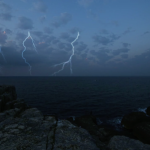Camera angles play a significant role in photography, as they have the power to influence the overall mood, perspective, and visual impact of an image. Skilled photographers understand how to effectively utilize camera angles to create captivating and engaging photographs that convey specific emotions or tell compelling stories. In this guide, we will delve into the importance of camera angles and provide a comprehensive overview of the various angles and techniques that photographers can employ to produce dynamic and visually stunning images. Whether you’re a beginner or an experienced photographer seeking to enhance your skills, this guide will equip you with the knowledge and tools necessary to master the art of perspective in photography.
Understanding Camera Angles and Perspective: Camera angles refer to the positioning of the camera in relation to the subject being photographed. This placement significantly affects the perspective and mood captured in the photo. Different genres of photography call for different camera angles to achieve the desired effects. Let’s explore how camera angles impact photos in different genres of photography.
Camera Angles in Portrait Photography: In portrait photography, the camera angle can greatly influence the perceived size and shape of the subject’s face and body. A commonly favored camera angle is slightly above eye level. This angle helps elongate the neck and create a more flattering jawline, minimizing the appearance of double chins and emphasizing larger, fully open eyes. Shooting from a higher angle also brings the face closer to the camera, making the body appear smaller in relation to the face, which can be a desired aesthetic. However, it’s essential to avoid shooting from too high of an angle, as it can result in unflattering distortions and an unnatural appearance in the subject’s face.
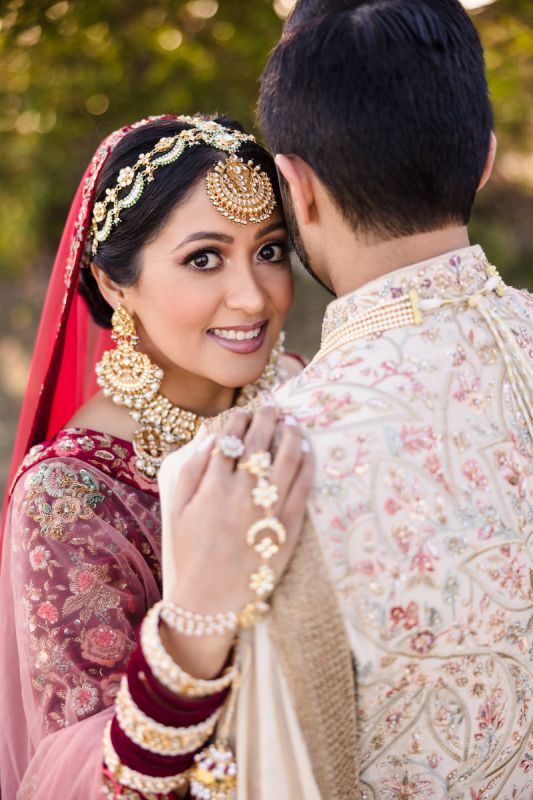
The camera angle in portrait photography plays a significant role in influencing the mood, atmosphere, and narrative of an image. When shooting from a low angle, tilting the camera upwards towards the subject, it can create a sense of strength and dominance. This angle has the effect of making the subject appear taller and more imposing, enhancing their presence and power in the frame. On the other hand, shooting from a high angle, tilting the camera downwards towards the subject, can have the opposite effect. It can make the subject appear smaller and more vulnerable, conveying a sense of diminished stature or submissiveness. The choice of camera angle can greatly impact the overall message and emotional response of the photograph. For more detailed information on head angles in portrait photography, please refer to our dedicated article on the subject.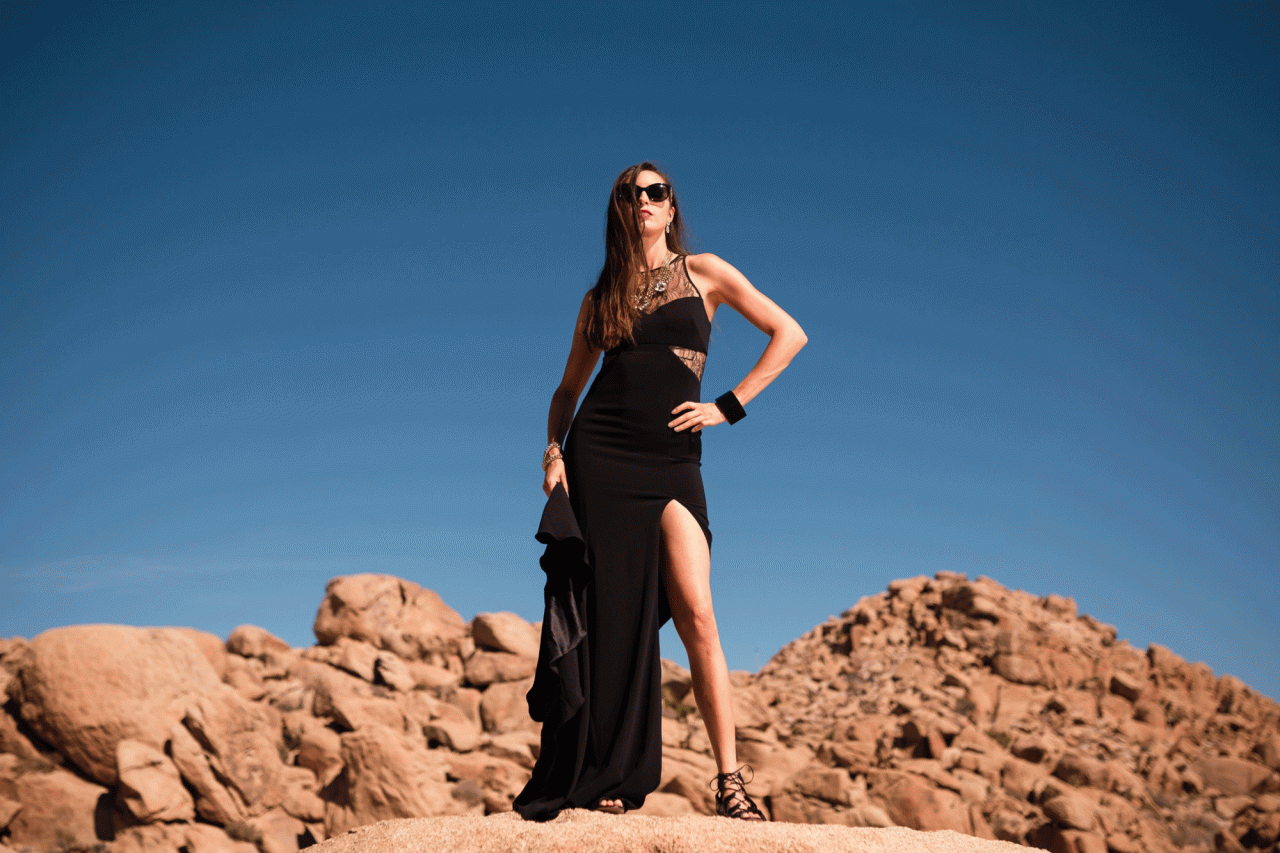
In photojournalism and storytelling, camera angles play a crucial role in conveying the intended message and capturing the essence of a scene. The choice of angle can evoke specific emotions, emphasize certain elements, and contribute to the overall narrative.
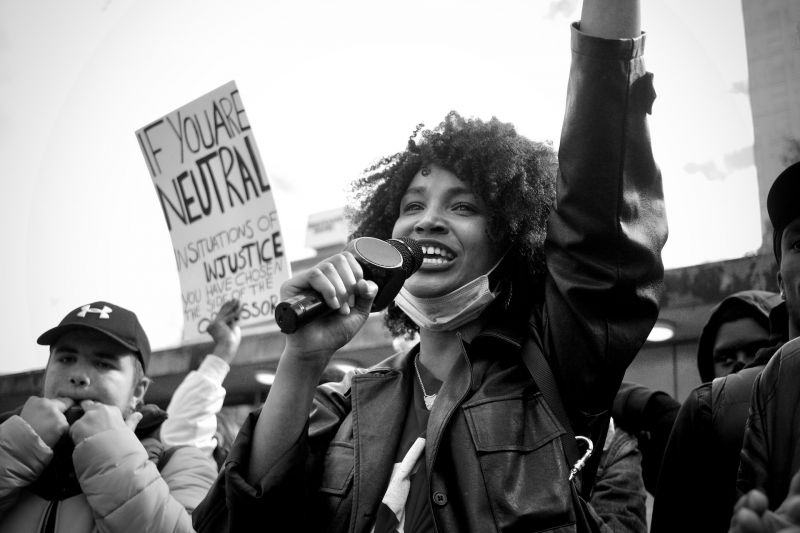
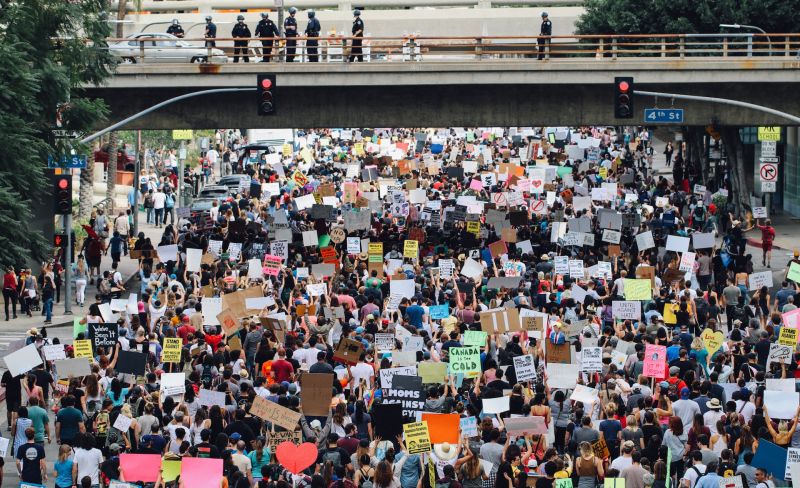
How Camera Angles influence the quality of architectural photography
Camera angles are a crucial aspect of real estate and architectural photography because they dramatically affect how a structure and structure appears. Photographing from a low angle could make a building appear bigger and more impressive emphasising its size and grandeur.
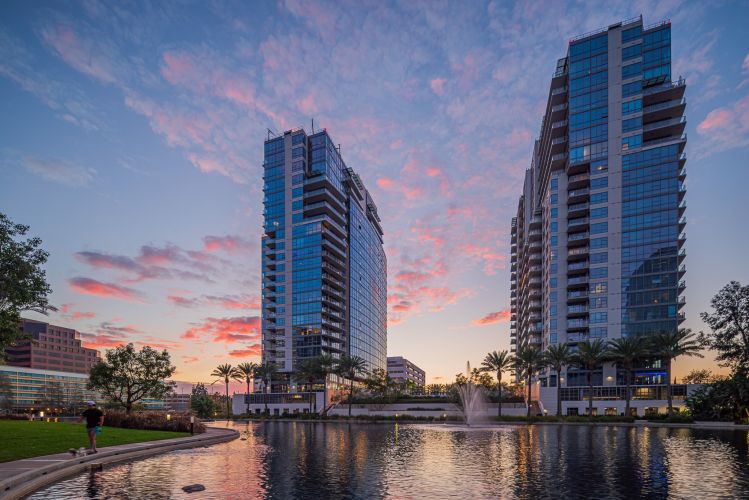
However, capturing from a wide angle may give a wider view of the building showing its surroundings the surrounding area, while highlighting the shape and design. Camera angles may assist in creating harmony and balance in the composition by drawing the eye of the viewer and highlighting important aspects of the structure.
The application of techniques for adjusting perspective such as tilt-shift lens can aid in repairing distortions caused by the convergence of lines which results in a more accurate depiction of the geometry of the building. The angles of cameras are a crucial aspect of photography for architecture, because it has a significant impact on the way in which a building or structure is perceived and depicted in photographs.
How camera Angles Influence Landscape Photography
When shooting landscapes shooting, shooting at a low angle can draw attention to the foreground, and provide an impression of depth and dimension, when shooting from a wider angle may provide a more expansive perspective of the landscape and highlight the overall size and grandeur of the scene.
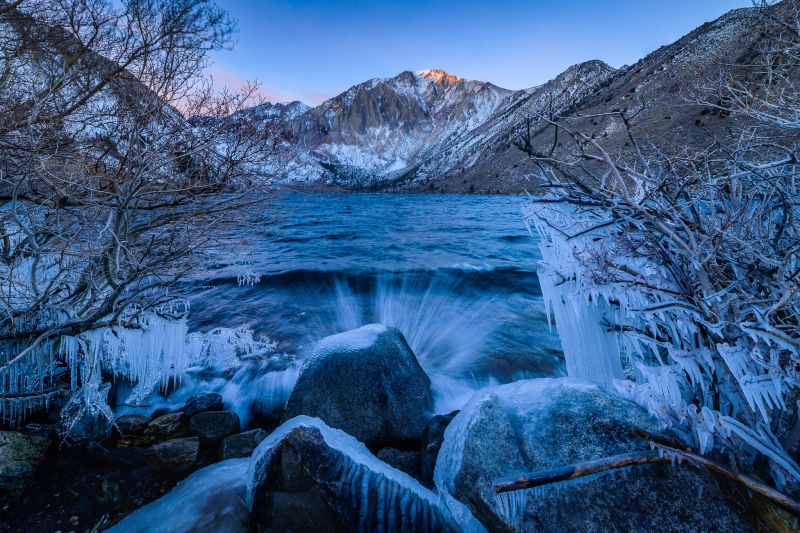
Technical Tips for Camera Angles
The technical aspects like focal length and lens selection affect the camera’s angles and perspectives. A wide-angle lens may increase the perception of depth and also add interest to photos, while an telephoto lens will reduce the size of the scene and separate your subject to the backdrop. The ability to adjust the aperture and shutter speed will also allow photographers to achieve particular camera angles.
How to experiment with camera Angles
Exploring different angles for camera is vital to mastering perspectives. Through exploring and testing various angles and techniques, photographers can make stunning and unique compositions. Once you’ve snapped a picture take a second image from a different angle and then taking another at a higher angle. You’ll have a range of options to pick from and you’ll usually be amazed by how your initial concept was improved by a small change in camera angles.








